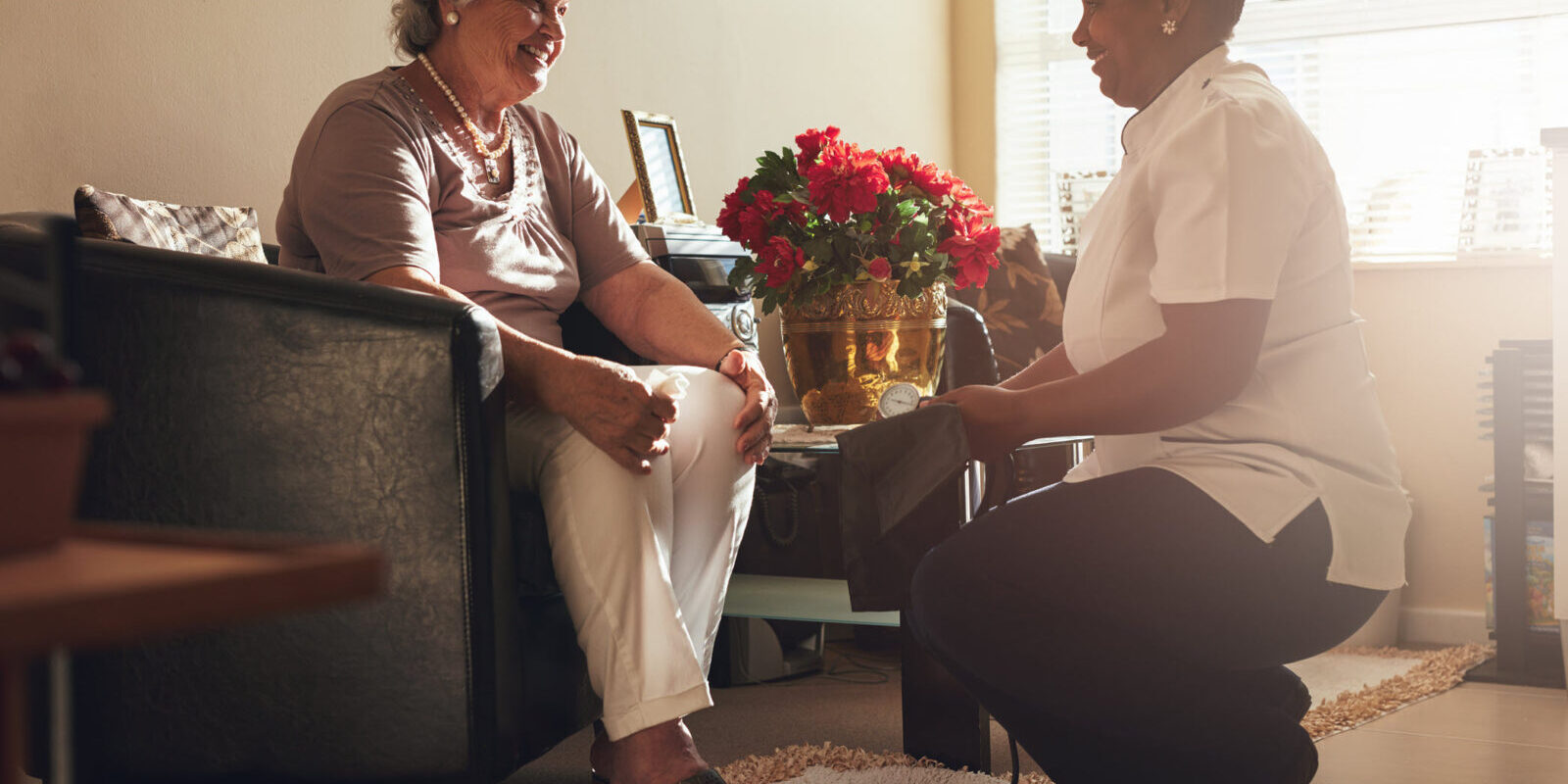Fall Prevention Tips for Healthcare Facilities
Slips, trips and falls are risks at every business. In fact, falls are the third leading cause of unintentional injury-related death in the United States. Given the startling statistic that one in four Americans aged 65+ falls each year, working with seniors increases your organization’s fall exposures.
Without a fall prevention program in place, you could be putting your residents, employees, visitors, vendors and any other person who comes to your facility in danger.
Slips, trips and falls can result in severe injuries, including hip fractures, broken bones, head injuries and even death. Beyond the unfortunate impacts to the client, it’s important to remember that the fall alone can be costly. The average hospital cost for a fall injury is over $30,000, and the costs of treating fall injuries rise with age.
It’s important to take precautions including proactively developing risk management plans and selecting thorough insurance coverages to help reduce falls and help protect your organization against financial burdens that an accident could place.
Research done by the Veterans Administration’s National Center for Patient Safety identified risk factors associated with the likelihood of an individual falling. These factors can be present whether the individual is receiving care in an acute hospital setting, a nursing home or assisted living facility, or in their own home.
Potentially hazardous activities (generally related to the patient’s need to maintain their independence), clutter, time of day, lighting, spills/wet floors, loose electrical cords, unsecured rugs.
It is important that the caregiver assess the resident’s level of independence including their ability to stand and assist with transfers or to ambulate on their own. Fall prevention should be an ongoing process since the resident’s ability may change over time. Sometimes there will be improvement, but oftentimes there will be a decline in their abilities. Focus staff education on how to correctly transfer residents and when necessary, how to carefully assist them to the floor to help prevent a serious injury if a fall cannot be avoided.
A higher level of supervision and attention is advisable when there is knowledge of a history of prior falls. Identifying factors that contributed to the prior fall(s) can help provide an environment that limits the potential for another fall.
Caregiver judgment is a factor in resident safety. This is especially true for wheelchair transports of residents. Secure residents in a wheelchair with a lap belt when taking them on longer rides in an outdoor setting. It is helpful if the individual pushing the wheelchair is aware of the environment and avoids hazardous conditions on the path, sidewalk, or roadway.
Training caregivers to look for these potential hazards in day to day activities, as well as safety training for safe transfers can help reduce the risk of potential fall and lower cost of insurance with a strong preventative program.








